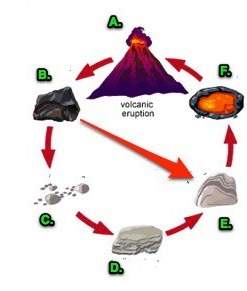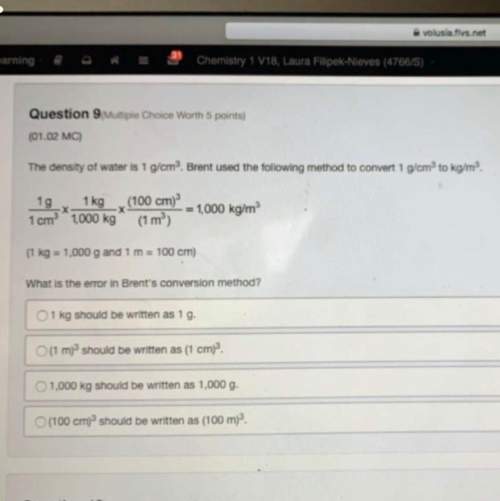
I have a lavender plant in my backyard, I decide to collect a bunch of the leaves and flowers and extract the essential oils by performing a steam distillation. I wish to make lavender essential oil to use in soap making. Initial collection of the distillate is cloudy, so ammonium nitrate fertilizer from the garden she was added and the phases separated. Then Damp Rid (anhydrous calcium chloride) was used to dry the organic phase. This was gravity filtered with a funnel and a coffee filter and placed in an amber glass bottle. The filtrate is clear, colorless, and free of debris. Is this product" lavender essential oil? And is it safe to use?
A. Yes, it is lavender essential oil, but the calcium chloride is still lingering in the oil and can harm people if you put it in soap. It needs to be distilled again.
B. Yes, it is lavender essential oil and it is safe to use. Both salts are not found in the organic liquid. Any trace salts found in the liquid would also be harmless.
C. No, it is not lavender essential oil, it is unsafe to use since you used ammonium nitrate. It is now an explosive mixture of ammonium nitrate glycerin.
D. No, it is not lavender essential oil, it is just plant goo that probably smells like grass. It is safe to use but no one likes to smell like grass.

Answers: 2
Another question on Chemistry

Chemistry, 22.06.2019 01:40
C3h8o3 - glycerol major species present when dissolved in water
Answers: 2


Chemistry, 23.06.2019 01:00
Who examines and coordinates the cleanup of polluted sites?
Answers: 2

Chemistry, 23.06.2019 05:00
How is electrolysis most commonly used to produce an energy source? a - splitting water molecules produces oxygen, which organisms breathe to fuel their bodies. b - splitting water molecules produces hydrogen gas, which is used to power machines through hydrogen fuel cells. c - splitting carbon dioxide molecules produces coal, a form of carbon that can be burned to produce heat. d - splitting carbon dioxide molecules produces natural gas, which can be burned to generate electricity in power plants.
Answers: 1
You know the right answer?
I have a lavender plant in my backyard, I decide to collect a bunch of the leaves and flowers and ex...
Questions

Biology, 21.09.2019 10:10

Biology, 21.09.2019 10:10

Physics, 21.09.2019 10:10




Biology, 21.09.2019 10:20


Mathematics, 21.09.2019 10:20

Geography, 21.09.2019 10:20

Biology, 21.09.2019 10:20

Social Studies, 21.09.2019 10:20

Mathematics, 21.09.2019 10:20


English, 21.09.2019 10:20



Mathematics, 21.09.2019 10:20

History, 21.09.2019 10:20

English, 21.09.2019 10:20





